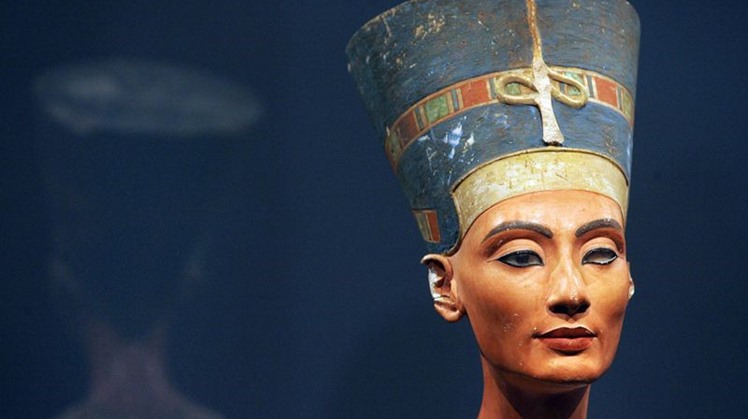108 years ago, the statue of Queen Nefertiti, the wife of King Akhenaten, was discovered in 1912 by the Egyptian-German archaeologist Ludwig Burchard, in Tell el-Amarna, specifically in the house of the sculptor Thutmose, who was in the service of Pharaoh Akhenaten, but did not last long in Egypt, where he obtained it The statue was discovered by fraudulent methods, so that the piece came out with clear fraud and fraud, as many archaeologists have revealed to us, according to what ancient documents revealed, so what happened? And with the evidence, will you return to Egypt again?
The beginning of the story goes back to when the statue of Nefertiti was found on December 6, 1912 AD, in Tell el-Amarna, led by the German archaeologist Ludwig Borchardt, in the workshop of the sculptor Thutmose, along with many other busts of Nefertiti, and Borchart described the discovery in his memoirs, saying: "Suddenly, it became between Our hands are the best remaining Egyptian artworks. This cannot be described in words. You have to see it. "
In 1924 AD, a document was found in the archives of the German Eastern Company about a meeting that took place on January 20, 1913 AD, between Ludwig Borchardt and Director of the Middle Egypt Antiquities Inspection, Gustav Lefevre, to discuss the division of the rich discoveries found in 1912 AD, between Germany and Egypt, according to the Secretary General of the Eastern Company German (the author of the document, who was at the meeting), Borchart was determined to have the statue for the Germans. It is suspected that Borchart may have hidden the bust's true value, although he denies it.
Borchart showed Lefevre a poorly lit picture of the statue of Nefertiti, and he hid the statue in a box when visiting "Gustave Lefevre", and the document revealed that Borchart claimed that the statue was made of gypsum, but that it was made of fine limestone.
After signing Lefevre on the division, this was approved by the then director of the Antiquities Service, Gaston Maspero, and then shipped directly to Berlin, and the statue arrived in Germany in the same year 1913 AD.
And the Egyptian state, for its part, made many attempts by various specialists to return the statue back to Egypt, but all of them became to no avail.
 Tue, Dec. 8, 2020
Tue, Dec. 8, 2020